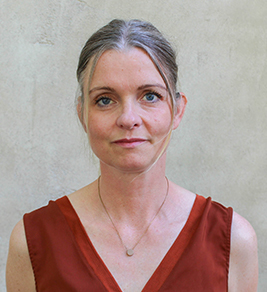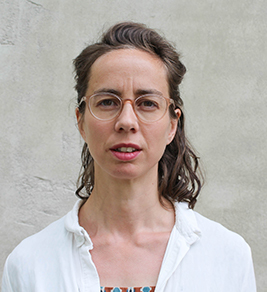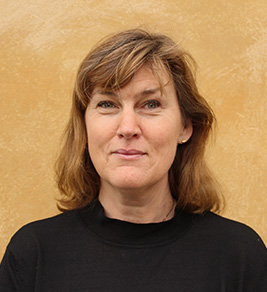The extraordinary times in the first part of 2020 have been prominent in the media and policy debates. The coronavirus and its social and economic effects have been widely covered. The coverage is on statistics, different strategies, politics, the economic and social effects of the crisis, and various other aspects related to the crisis in one way or another. One of these aspects is how the corona crisis has struck ethnic minorities and this where Nordregio wants to contribute.
Nordic neighbourhoods that are considered segregated or vulnerable have gained attention in the media due to a rapid spread of the coronavirus. Segregation refers to a separation of socio-economic and ethnic, racial, religious, or other minority groups at the residential level of an urban area. Segregation indicates social injustice and is a significant challenge for cities.
The corona crisis thus reveals and reminds us about the serious effects of segregation and unequal societies on citizens, and necessitates a closer look at the potential injustice involved. Poverty and social exclusion represent the most basic manifestations of inequality, leaving behind people with fewer resources to withstand and overcome the consequences that a crisis like a pandemic creates. It is important that Nordic societies increase their understanding of why some neighbourhoods were more severely affected by the corona pandemic than others in order to be better prepared for future challenges and crises.
The main objective of this project is to have a closer look at what were the resident’s possibilities to follow public recommendations during the corona crisis in areas that were severely affected by corona?





